| Home | Buy Firewood | Round Logs | Burning Properties | Fabulous Flavours |
... the hickory tree ...
has a gorgeous smell with a vanilla perfume not thick or cloying
sparkles but does not spit good heat with bluish tinged flames
blue, purple and orange flames
long burning with not many logs needed for a good fire
“Hickory” is the common name for about sixteen different species of the Walnut family. This deciduous tree can grow to about eighty feet tall, with trunks up to twenty four inch diameter, they are very slow growing and some species are over three hundred years old. Our Hickory is from America |
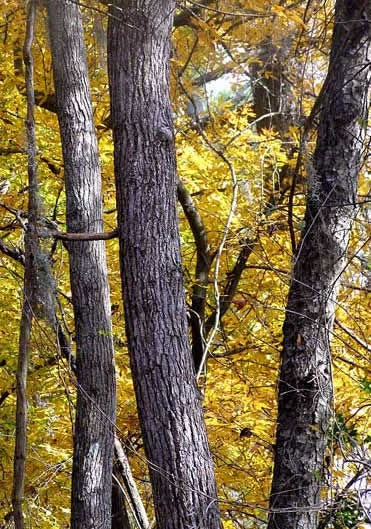 |
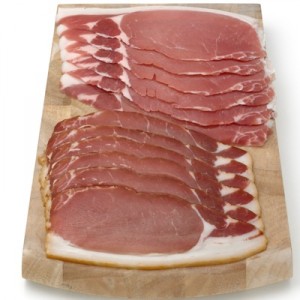 |
For centuries, Hickory wood has been much prized as a cooking wood (especially in the southern states of America) – it gives a wonderful strong, sweet flavour to most meats but if you want to smoke Ham then this is the wood for you. |
Grafted Hickory trees will produce nuts after about ten years, whereas self rooting trees (they have a huge tap root), will only start to produce nuts after fifteen years. |
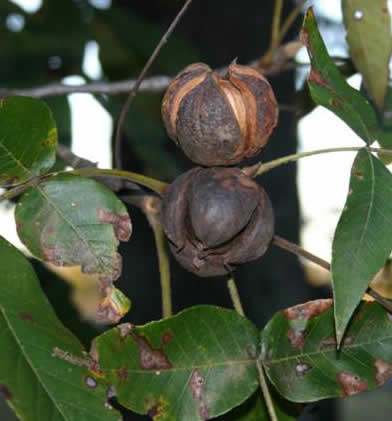 |
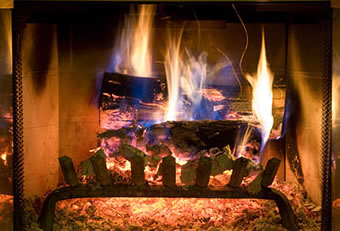 |
Out of all the American Hardwoods, Hickory is probably the most sought after wood for wood-burning stoves due to its high heat, excellent coals and aromatic perfume. |
It is an incredibly tough wood but very flexible with excellent shock absorption making it ideal for a variety of uses: tool handles, drumsticks, bows, walking sticks. In the past it was also used for baseball bats and golf club shafts. |
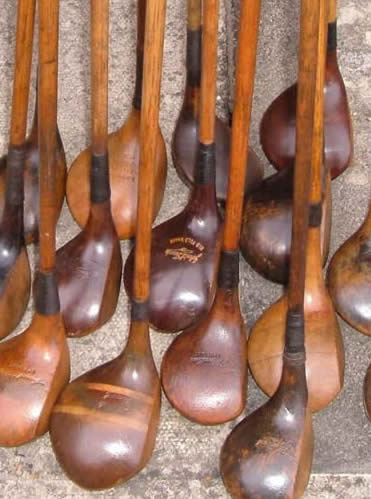 |
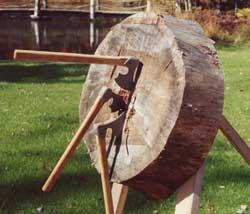 |
Hickory is not an easy wood to split, nor to light
due to its density to get the fire going |
Both Hickory and Pecan flowers rely on the wind for pollination in the Spring, nuts can be produced from self-pollination but it is better from a crop point of view if the trees are unrelated. |
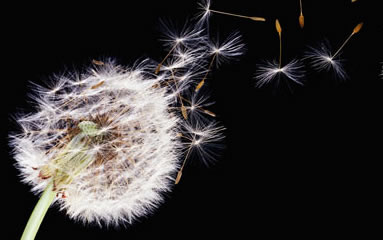 |
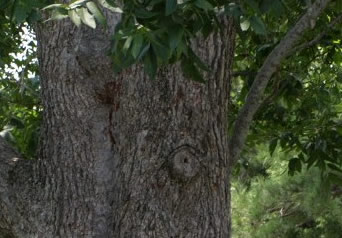 |
The bark is very similar to Ash with quite marked fissures and the wood is cream and beige with some of the larger pieces having a dark brown heartwood centre. |
